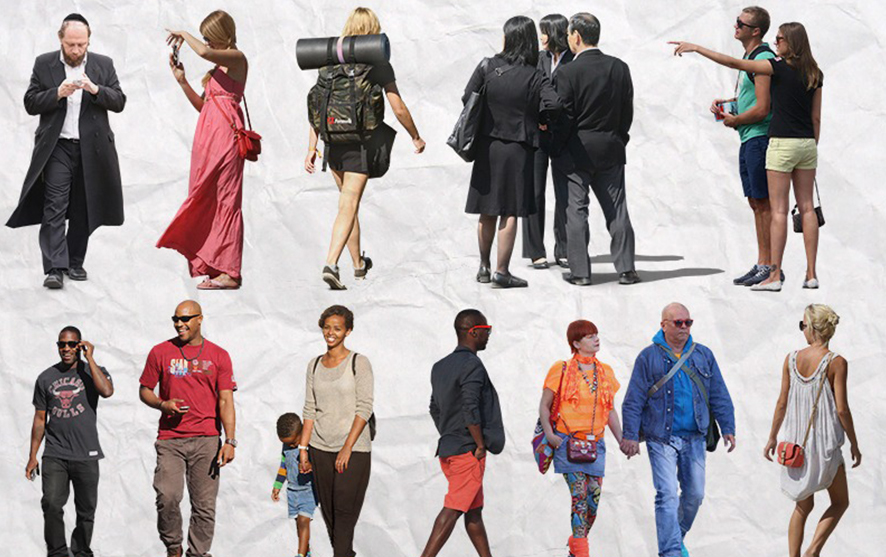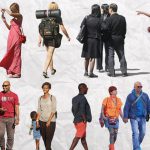Tidying up the garden grass
What you need Child-friendly scissors Some outdoor space - garden, park or grassy area Benefits [...]
Read more


As early as 6 months, a baby’s brain can notice race-based differences. By ages 2 to 4, children can internalize racial bias and start assigning meaning to race. 5 to 8-year-olds begin to place value judgments on similarities and differences. By age 12, children have a complete set of stereotypes about every racial, ethnic, and religious group in society. Our guidance at home and in the nursery is especially crucial during the early years of a child’s life.
Through this learning experience below we can introduce this concept to our children while enhancing their emotional development and celebrating multiculturalism.
For this learning experience, you will need to prepare some pictures (from magazines, the newspaper, print outs, or old books) that can be cut and stuck to some paper. Prepare a selection of pictures of lots of different people, representing a range of skin/eye/hair colours, different genders, ages and ethnicities, and those with different disabilities. Show your child the pictures and have a little discussion about what you can see. Talk openly and ask questions to prompt some discussions on what makes us different, yet how we are all the same. ‘Can you find somebody who has the same colour hair as you?’ ‘This lady has very curly hair – how is yours different?’ Use a range of comments and questions to get your child thinking, listening and talking about the things that make us different, yet there are still lots of things that make us the same.
While discussing, you can produce your very own collage of unique people by cutting and placing the different cut-outs on their collage. Produce a collage that will represent lots of different types of people with differing appearances and from diverse backgrounds. Enjoy!
Why not share your work with us on Famly?